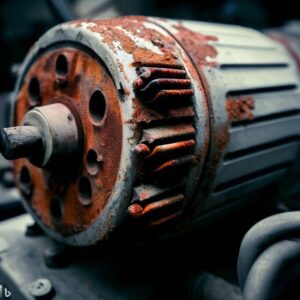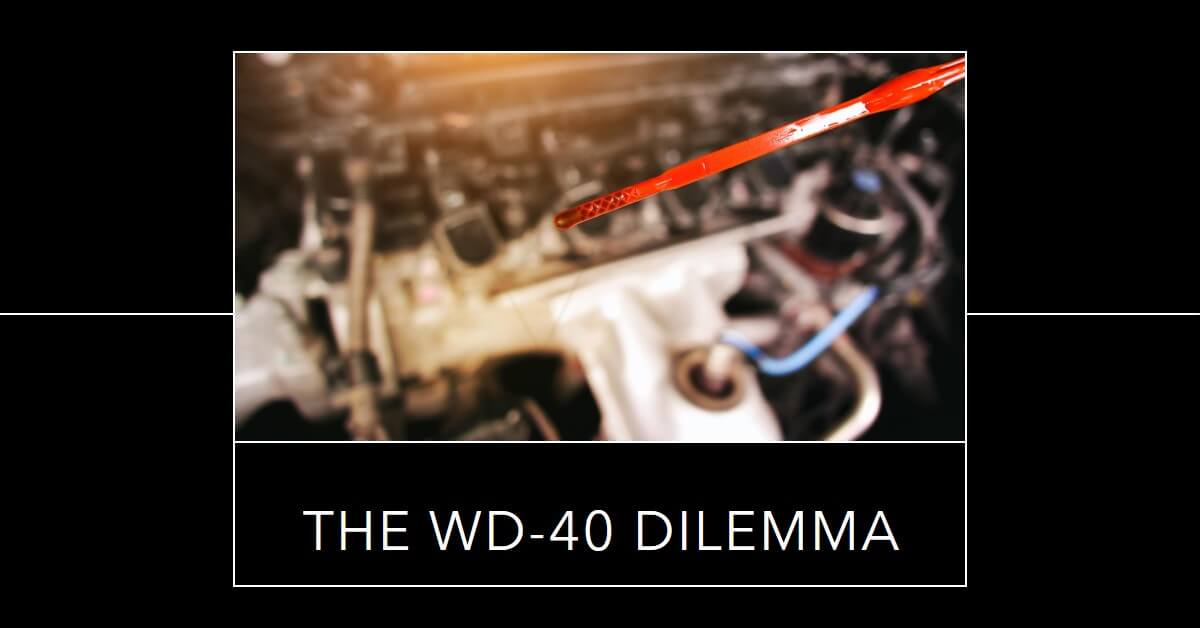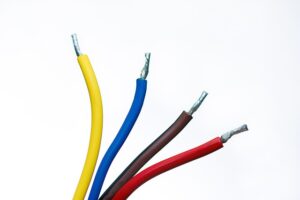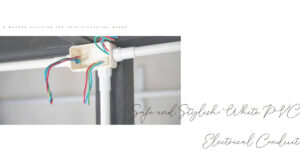Image: “Article Feature Image” by Bing, Source: [Bing Graphic Art].
Electric motors play a vital role in our everyday lives, powering various devices and machinery. As responsible owners, it’s important to understand how to maintain and care for these motors. WD-40, a popular multi-purpose lubricant and penetrating oil, often comes to mind.
Yes, you can use WD40 on your motor. While WD-40 can provide temporary benefits such as freeing stuck parts and displacing moisture, it is not formulated as a specialized lubricant for electric motors.
In this article, we will explore whether WD-40 can be used on electric motors, its potential benefits, and the considerations to keep in mind.
Understanding Electric Motors
Electric motors are essential components found in appliances, power tools, and many other devices. While their inner workings may seem complex, grasping a basic understanding can be helpful.
Electric motors consist of several key components, including a rotor, stator, and bearings. Over time, these parts can encounter issues such as friction, rust, and wear.
Regular maintenance is crucial to keep electric motors running smoothly and extend their lifespan.
WD-40: An Overview
WD-40 has earned a reputation as a versatile product capable of addressing various maintenance needs. Developed in the 1950s, its formula was initially designed to prevent corrosion on missiles.
Since then, WD-40 has become a household name, utilized for lubrication, rust prevention, moisture displacement, and more.
Its widespread use and accessibility have led many to wonder if it can also be applied to electric motors.
Can WD-40 be Used on Electric Motors?

While WD-40 has numerous applications, using it on electric motors requires caution and consideration. Let’s delve into the key aspects of this topic:
- Impact of WD-40 on Electric Motors: When applied correctly, WD-40 can help address certain issues with electric motors, such as loosening stuck parts or displacing moisture. However, it is important to note that WD-40 is not a lubricant designed specifically for electric motors.
- Advantages of Using WD-40 on Electric Motors: WD-40’s properties can aid in removing debris, protecting against corrosion, and preventing moisture-related issues. It can serve as a temporary fix in certain situations, such as freeing a stuck part.
- Potential Risks and Limitations: While WD-40 has its merits, it also has limitations. It is not a long-term lubricant and may not provide sufficient protection for electric motor components over extended periods. Moreover, if not used carefully, it can lead to electrical malfunctions or pose safety hazards.
- Guidelines for Proper Application: If you choose to use WD-40 on an electric motor, follow these guidelines:
- Ensure the motor is turned off and unplugged before applying any product.
- Use WD-40 sparingly, focusing on specific areas that require attention.
- Allow sufficient time for the WD-40 to penetrate and evaporate before reconnecting or operating the motor.
- Consider consulting the manufacturer’s recommendations or seeking professional advice when unsure.
- Read also my article: Can WD-40 Rescue Your Electric Fan Motor?
Proper Lubrication for Electric Motors
While WD-40 may provide temporary relief, it is essential to understand that electric motors require appropriate lubrication for long-term maintenance. Here are some key considerations:
- Recommended Lubricants for Electric Motors: Electric motors typically require specific lubricants designed for their components and operating conditions. These lubricants come in various forms, such as oils or greases, and are formulated to provide optimal performance and protection.
- Importance of Choosing the Right Lubricant: Selecting the proper lubricant for your electric motor is crucial. Using the wrong lubricant can lead to increased friction, excessive wear, and potential motor failure. Consult the manufacturer’s recommendations or seek professional advice to ensure you choose the correct lubricant.
- Lubrication Techniques for Electric Motors: Proper lubrication involves applying the lubricant to the designated points in the motor, such as bearings or bushings. It is important to follow the manufacturer’s instructions or guidelines for the correct quantity and frequency of lubrication.
Alternative Solutions for Electric Motor Maintenance
Apart from WD-40, several alternative solutions and best practices can help you maintain electric motors:
- Non-WD-40 Lubricants for Electric Motors: Explore lubricants specifically formulated for electric motors. These products are designed to offer superior performance, durability, and protection for the motor components.
- Other Maintenance Tips for Electric Motors: Regularly clean the motor to remove dust and debris. Check for any loose connections, signs of wear, or abnormal sounds. Keep the motor’s environment clean and dry, and protect it from excessive heat, moisture, or corrosive substances.
- Professional Assistance for Electric Motor Issues: If you encounter significant motor problems or if you are unsure about proper maintenance, it is advisable to consult a professional electrician or motor technician. They have the expertise to diagnose and address motor-related issues effectively.
Conclusion
While WD-40 is a versatile product, its use on electric motors requires careful consideration. While it may offer temporary benefits, it is not a long-term solution for lubricating and protecting electric motor components.
For optimal motor maintenance, it is recommended to use lubricants specifically designed for electric motors, follow manufacturer recommendations, and seek professional assistance when needed. By taking these steps, you can ensure the longevity and optimal performance of your electric motors.



